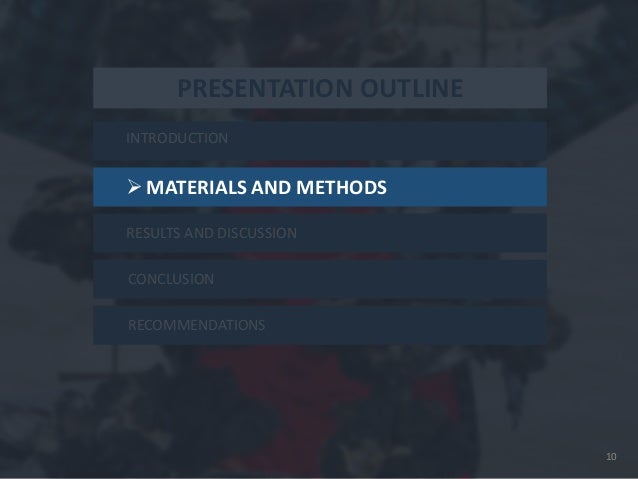

Small-scale farming of these oysters can be developed as a means of increasing the income and nutrition of coastal populations. Studies made so far clearly indicate the potential, and indeed the need for culturing the mangrove oysters. Satisfactory growth of oysters was found within the salinity range of 12-25 ppt. The maximum spat settlement was observed at salinities around 20 ppt. Observations made in Nigeria and Sierra Leone show that spat can be collected from nature almost throughout the year, with two peak periods, viz., February to April/May and November to December, coinciding with periods of high salinity. In raft culture faster growth rates were obtained, but mortalities due probably to predation or sudden changes of salinity, were observed to occur frequently. gasar in Nigeria have shown a growth of 4-5 cm in size and 30 g in weight, in six to seven months. Preliminary experiments in tray culture of C. This is about four times the size of wild oysters ordinarily marketed. Spat collected from nature and grown on rafts produced oysters of 7-10 cm height in seven to eight months. tulipa in Sierra Leone has given very encouraging results. Recent work with the species described as C. Owing to intensive exploitation and crowding of oysters on natural substrates, the size of oysters available in most markets is extremely small and consequently the prices obtained are also low.Īttempts have been made in the past to culture the mangrove oysters, using some of the well-known culture techniques. They occur abundantly on mangrove roots and stems and the local populations collect and market them in most coastal areas. It is not yet clear whether they are different species or belong to the same species, showing only local variations in taxonomic characters. Simulation results will further optimise black-lip pearl oyster spat collection activity in Fiji by informing targeted collector deployments, while the model provides a versatile and highly informative toolset for the fishery management and aquaculture of other marine taxa with similar life histories.The most common oysters on the West African Coast are the mangrove oysters Crassostrea gasar and C. Significant and positive correlations at these sites across three separate spawning seasons (r(26) = 0.435 r(26) = 0.438 r(26) = 0.428 respectively, p = 0.02), suggest high utility of the model despite its simplicity, for informing future spat collector deployment. Localised regions of larval aggregation were also identified and compared to physical spat-fall recorded at 28 spat collector deployment locations. Simulations successfully identified country-wide patterns of potential larval dispersal and settlement from 2012-2015, with east-west variations between bi-annual spawning peaks and circulation associated with El Niño Southern Oscillation. This study used a simple Lagrangian particle dispersal model to investigate current-driven larval dispersal patterns, identify potential larval settlement areas and compare simulated with physical spat-fall, to inform targeted spat collection efforts.

In the Fiji Islands, culture of the black-lip pearl oyster (Pinctada margaritifera) is almost exclusively reliant on wild-caught juvenile oysters (spat), through a national spat collection programme. Biophysical modelling has increasingly been used to investigate dispersal and recruitment dynamics, for optimising management of fisheries and aquaculture resources. Larval dispersal and recruitment in the marine environment are complex processes, influenced by a multitude of physical and biological factors. Fisheries and aquaculture industries worldwide remain reliant on seed supply from wild populations, with their success and sustainability dependent on consistent larval recruitment.


 0 kommentar(er)
0 kommentar(er)
